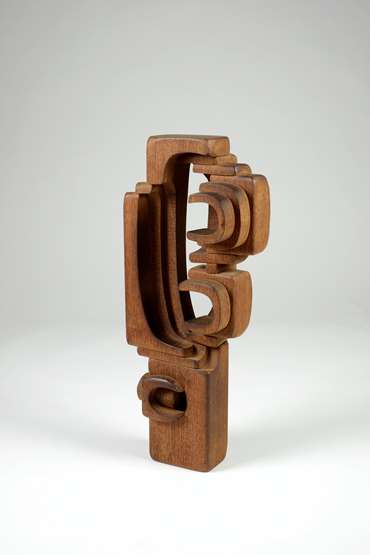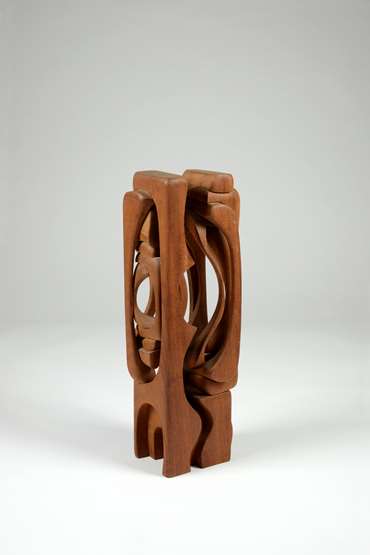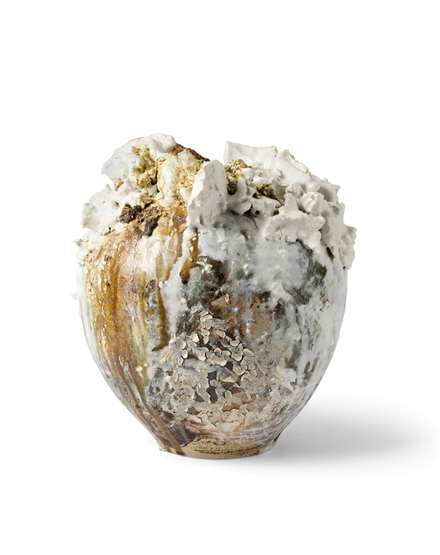ARTIST'S BIOGRAPHY
Brian Willsher was born in South London in 1930 and began an exciting career as a sculptor following the initial success of his experimental work combining sculpture with everyday objects. Willsher's work echoes the work of the St. Ives School; with a fluidity of form that is reminiscent of the work of Sir Henry Moore and Barbara Hepworth. His artistic career was not without scandal, which ultimately led him to take a break from exhibiting his pieces and leads one to question the forever unanswered question, "What is art?" Willsher began his sculpting career following no formal artistic training and initially found his was through a number of different vocations, such as telephone engineer; farm worker; and eventually a dental technician. He was drawn to sculpture through a natural affinity of the search for shape and form. His modernist works in wood mixed geometric abstraction with line, form and space and he enjoyed a string of successful exhibitions in the 1960s as well as five consecutive Royal Academy of Art Summer shows. However his sculpture later caused a national scandal when, in June 1968 the Customs and Excise department made the decision to deny his work the status of fine art, and he was therefore immediately subject to the customary 40% manufacturing tax on 'household decorations'. Following this, he was effectively forced to declare bankruptcy. This situation was not unique to Willsher, as it so happened that a similar scandal in 1926 occurred involving the high profile work of Constantin Brancusi. His polished bronze, 'Bird in Space', was denied free entry to the USA by the Federal Customs & Excise Department, on the grounds that it was 'just a piece of metal', despite being on dispatch to a Guggenheim exhibition in New York. The scandal concerning Willsher caused a national outrage in Britain and a number of well respected artists jumped to his defence. At the forefront of his supporters was Sir Henry Moore, who was quoted in the Guardian saying, "Here's pure sculpture, indeed! More than that, memorable sculpture!" Newspapers such as the Guardian and the Observer turned the scandal into a national campaign, posing the question of what defines real art, with headlines such as "When is a sculpture not a sculpture?" Customs eventually retracted their original decision, however the implications resonated with Willsher and he refrained from exhibiting for a number of years. He did return to exhibiting in the 1990's with solo shows at both the Belgrave Gallery and the Boundary Gallery. He was also commissioned to produce larger works, including pieces that can be seen at Lewisham Hospital. Although the Customs outrage forced Willsher to vanish from the art scene for a number of years, it allowed him to leave behind a name resolutely engrained in the challenge of defining art.
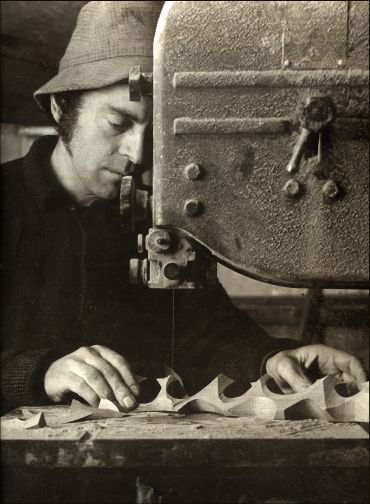
YOU MAY ALSO LIKE
Brian Willsher
Untitled, 1973


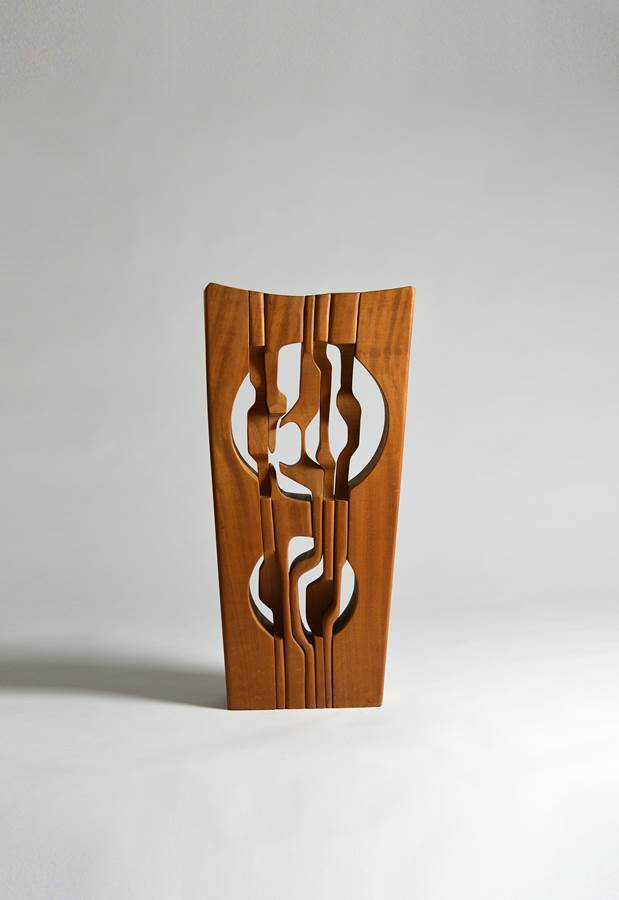
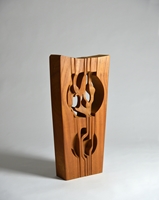
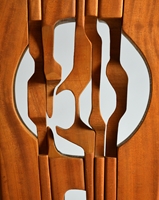
 PRINT
PRINT SHARE
SHARE